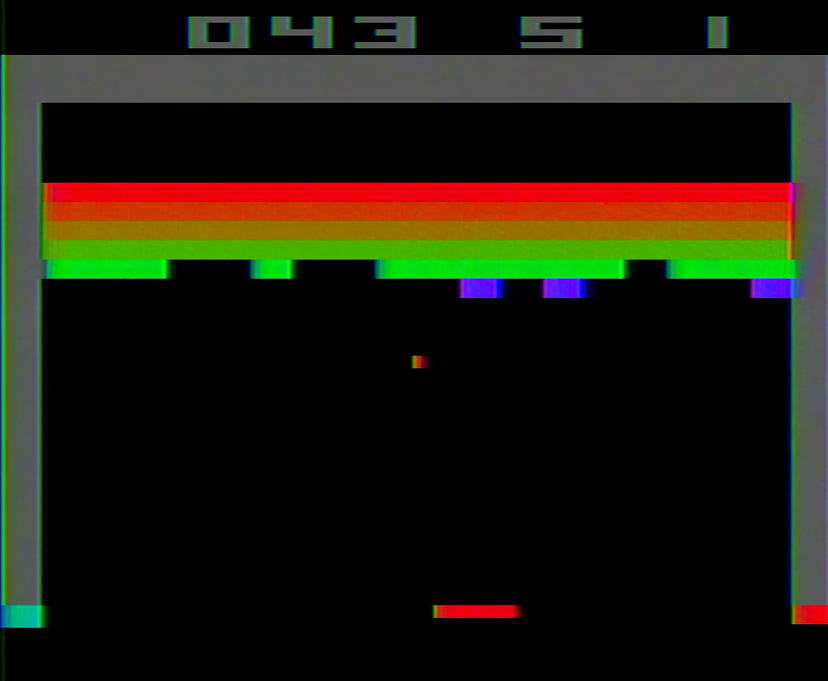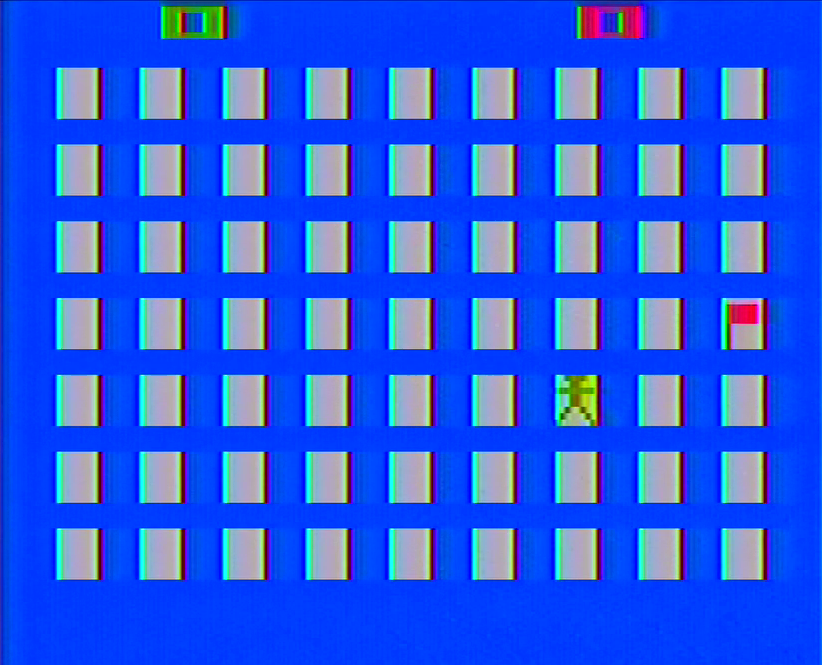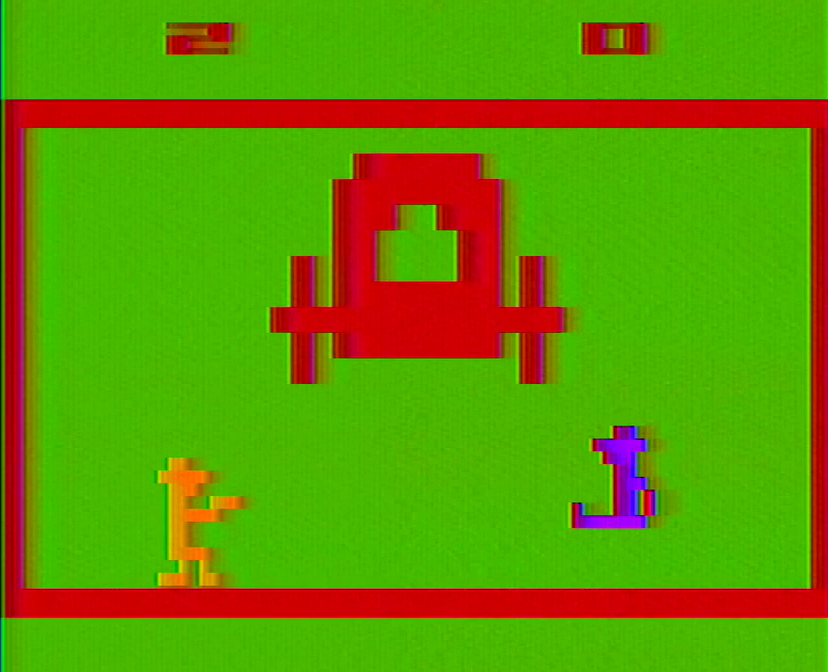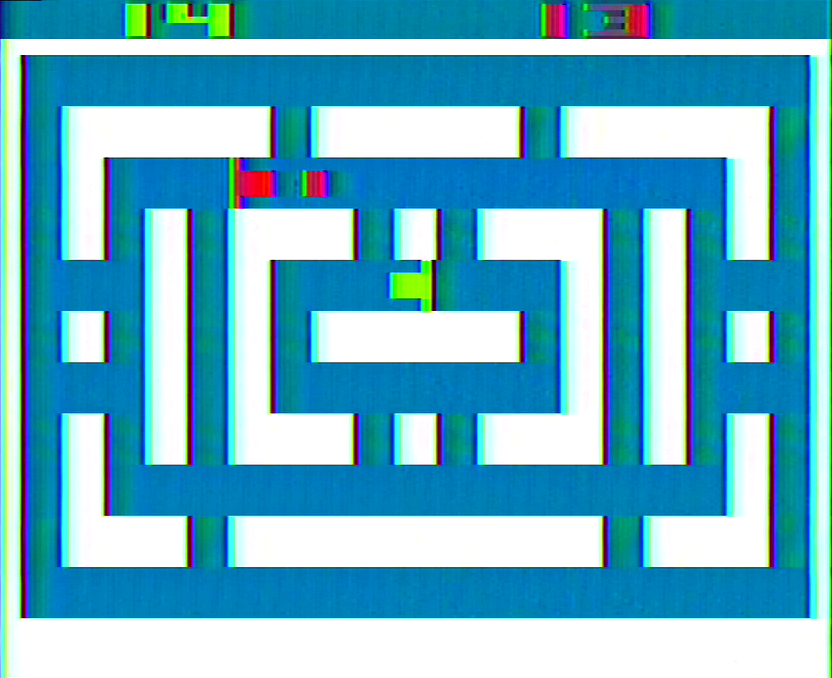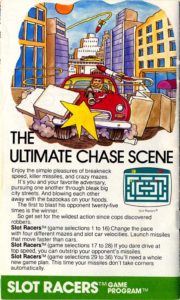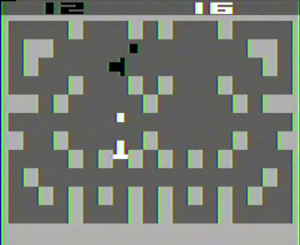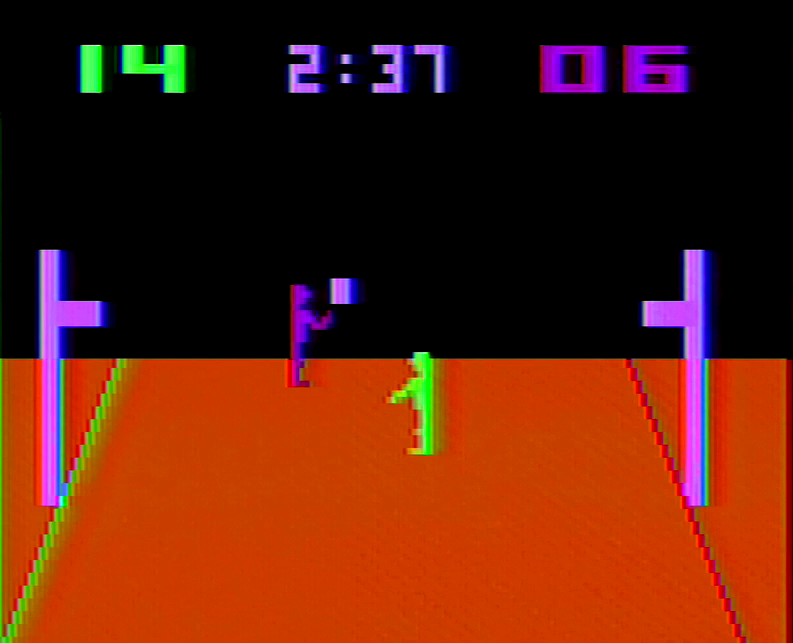
We’ve seen a slow progression of video game sports through the 1970s up to this point, both on the VCS and off of it. Pong was a deeply simplified version of ping pong, and all the other sports games on the original Magnavox Odyssey were functionally the same basic thing. The same holds true for a number of early arcade sports renditions: hockey becomes Pong with a specific goal area, Volleyball and Basketball become vertically oriented versions of Pong, and so on. Racing games got to become their own genre pretty early on, however, and baseball followed shortly thereafter. 1978 would prove to be a watershed moment for one particular sport, however, as a full, non-Pong version of Basketball made its debut on the Atari VCS.
Coincidentally release at the same time as another basketball game that came out alongside the Magnavox Odyssey2 in 1978, Atari’s VCS version of the sport is seemingly the first commercial attempt at the game to really try and translate the major appeal of basketball into a video game. Creator Alan Miller has noted that he played on his high school basketball team, and as the eldest of six kids had spent a lot of time in his youth coming up with games for everyone to play; it seems likely that he wanted to try and translate a sport he enjoyed to the VCS, and he largely succeeded.

